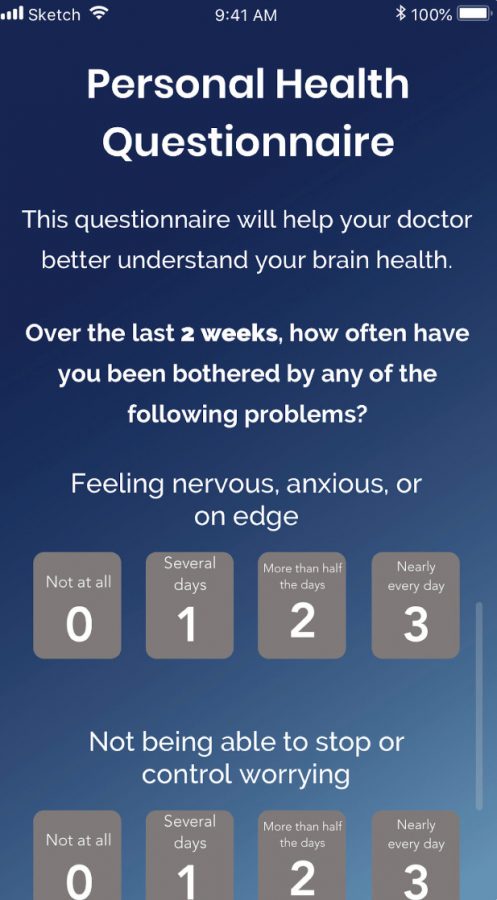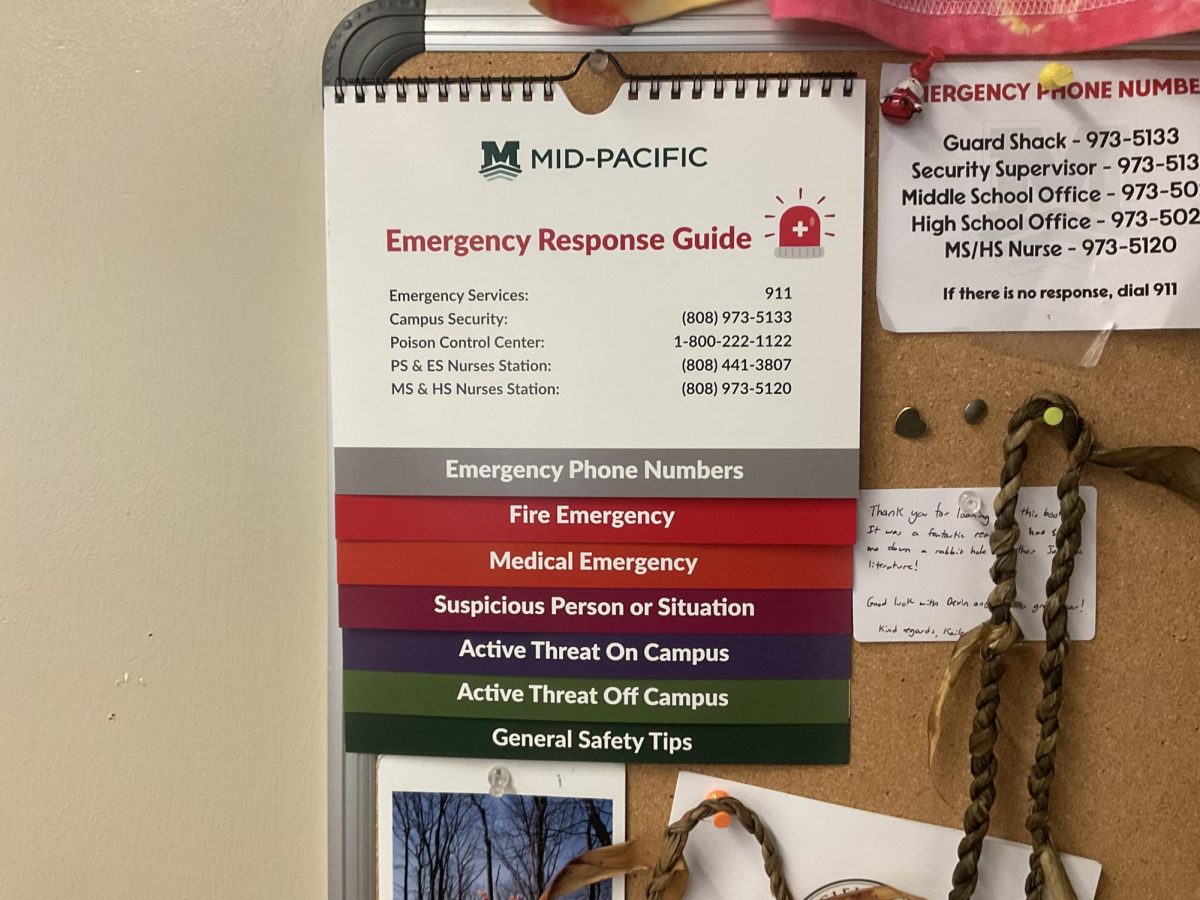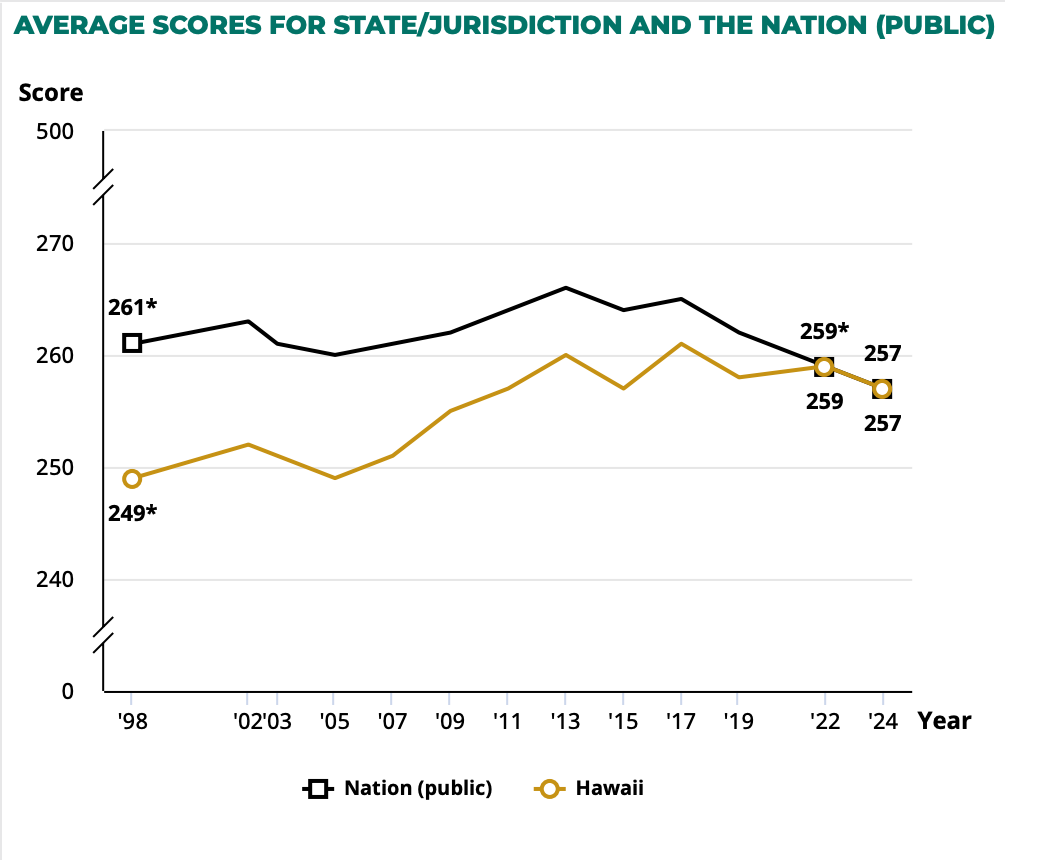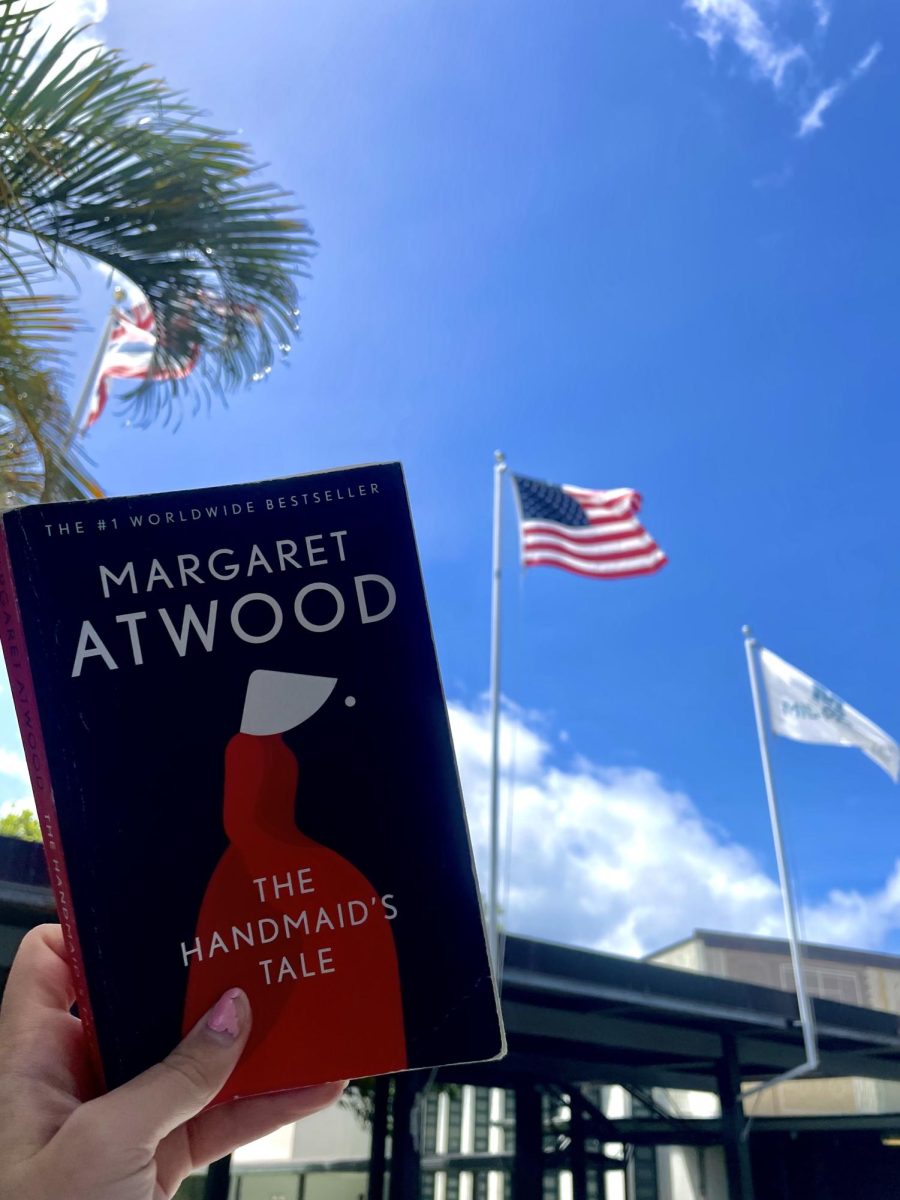Alumni-created app helps evaluate concussion symptoms in student athletes
December 11, 2018
When Kyle Chang was in high school and played football for Mid-Pacific, he would often get headaches in class. He had a hard time explaining his symptoms to his friends, family and the athletic training staff at his school.
Later, the 2014 graduate realized that he likely had a concussion. Today, he has created a new app that helps student athletes track their concussion symptoms.
The app, called “meprint,” now has 50 downloads in the Apple store, and the Mid-Pacific athletic department is encouraging all student athletes to download and use the app.
“It really has a positive impact on helping students in general, to take control of their health,” said Chang.
The Mid-Pacific athletic department has made concussion awareness a priority for at least 10 years. Chang contacted Athletic director Scott Wagner, asking if students at school could use his app to help them collect more data.
“We are only working with student athletes and particularly high school athletes so that’s grades 9 through 12th and then ages fifteen through 18, that’s just for a liability sake on our end to make sure that we’re not working with minors.” said Chang.
Chang did not provide data on the number of Mid-Pacific students who are currently using the app.
The app, called “meprint,” allows high school student athletes to track their concussion symptoms using their phones. Students start by taking a short 45 second selfie video where the app asks three open ended questions in an attempt to get a better understanding of who the students are normally and how they talk, said Chang.
The app asks students about their favorite song, where they want to travel to and what their cheat meal is. Then, when a student has undergone an injury, they are required to film themselves three times a day answering questions targeted around their symptoms, said Chang.
All videos then get sent from the athlete’s home directly straight to the physician’s website where the doctor can then assess the athlete’s state. Students and their doctors connect through an authentication process where the students will identify who their doctor is on the app. When the process is complete, the student and doctor are able to link and all information between the student and doctor stays secured, said Chang.
Chang wants to make monitoring symptoms easier for students by catering towards their lives.
By creating the snapchat like app where students could track their symptoms on their own time and doesn’t require too much work, Chang said this was the best because it fit a student’s life as well as the doctor’s flow.
Meprint took three years and it’s been in the Apple Store for about two months. Before the app was published, earlier prototypes and mock pilots were used to gather efficient reactions and positive data, said Chang.
During the mock pilots, doctors were saying the videos were very impactful because they were able to detect an athlete’s symptoms and then could make the decision of adjusting the athlete’s schedule to allow time for them to recover, said Chang.
Wagner sees the partnership between him and meprint as a benefit to Mid-Pacific athletes. The app’s feature of communicating with the athlete’s doctor helps determine if a student should start playing sooner or take more time to recover.
“We need to make sure we’re taking care of kids’ brains at the younger age, now that we see how it affects them when they’re older,” said Wagner.
Overall, Wagner thinks the app has the “cool factor” that will keep students wanting to log their symptoms. As for Chang, he believes the app has a bigger impact that transcends student’s high-school sports careers.
“We’re saving lives, we’re saving brains for student athletes,” said Chang.







